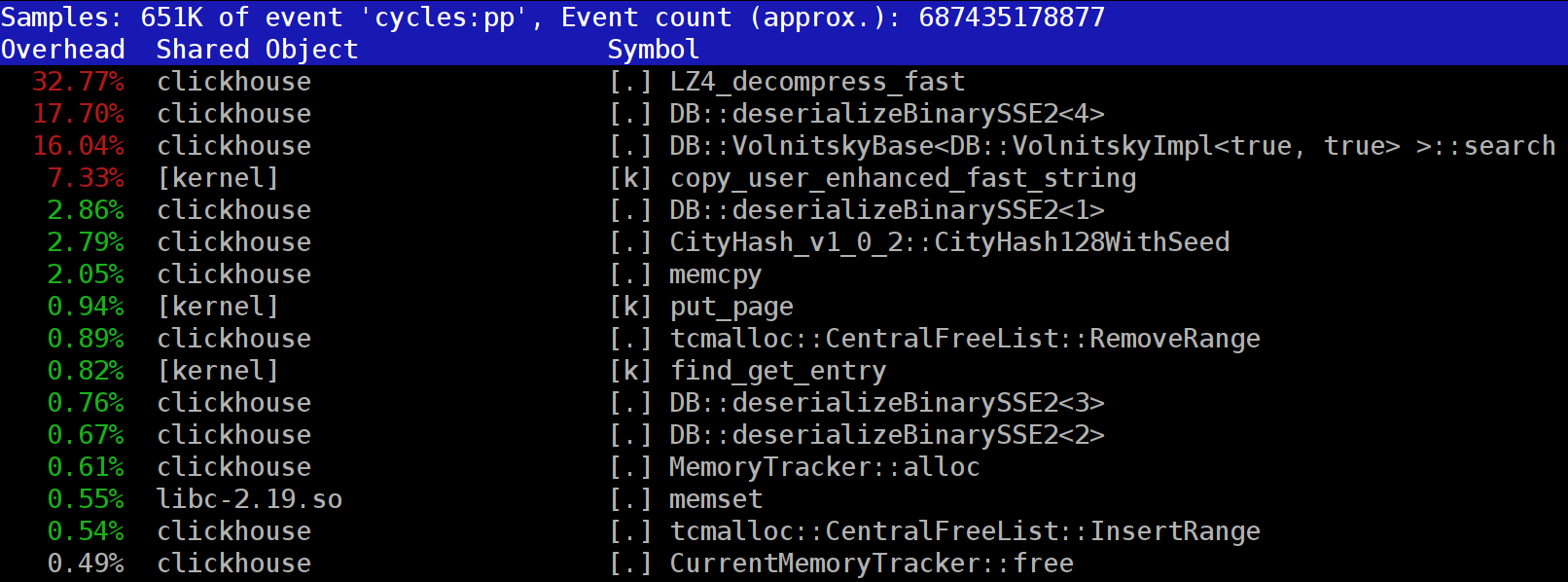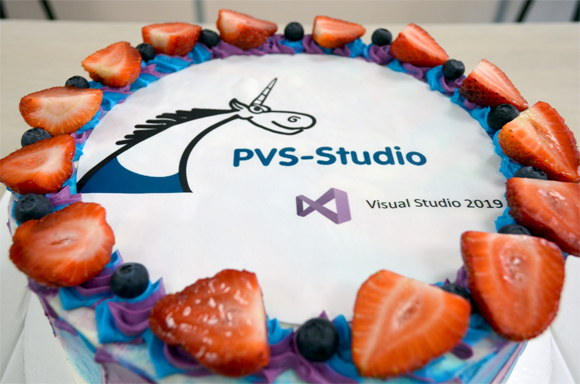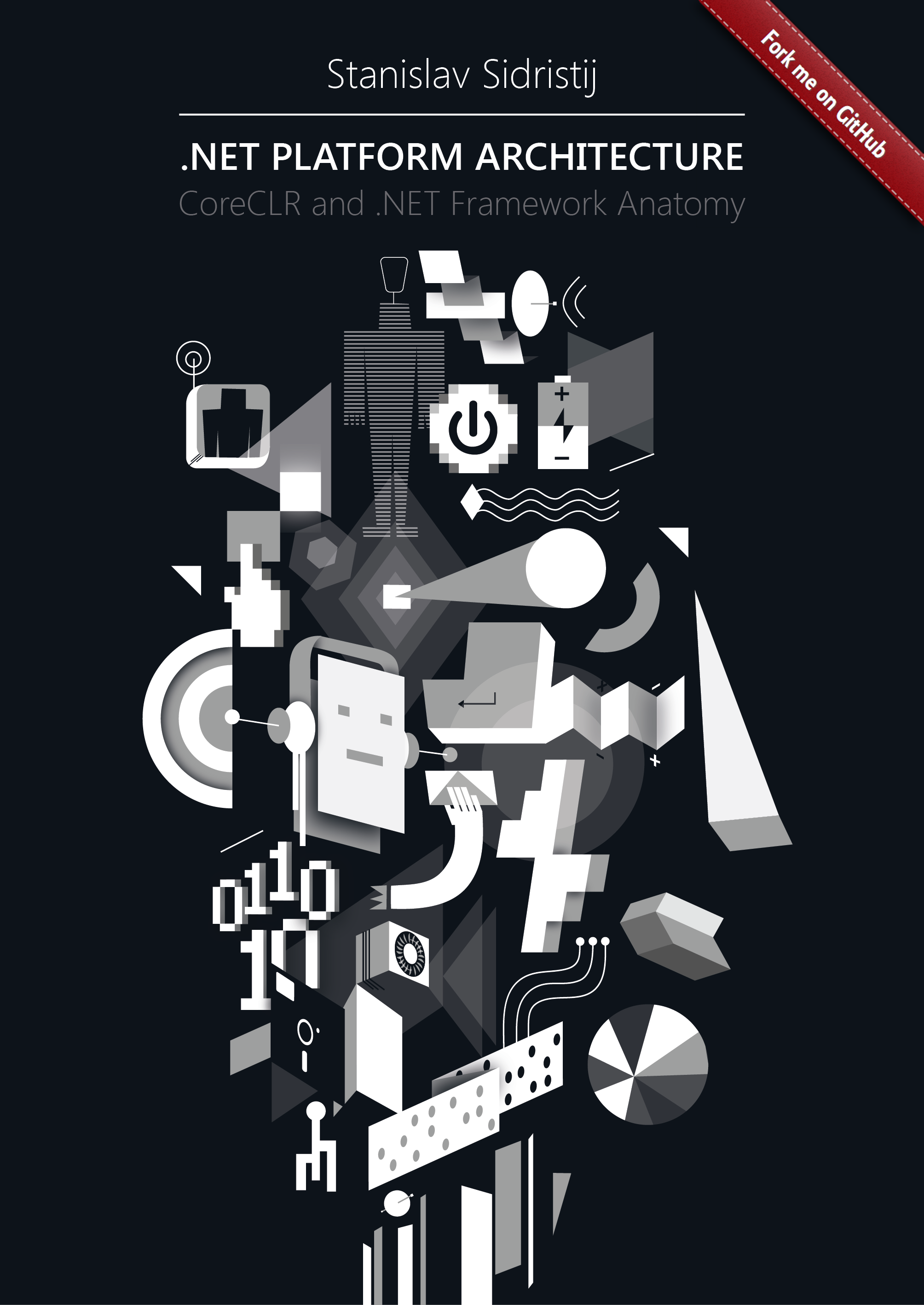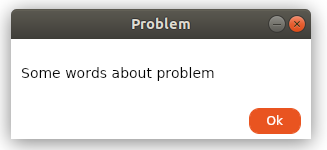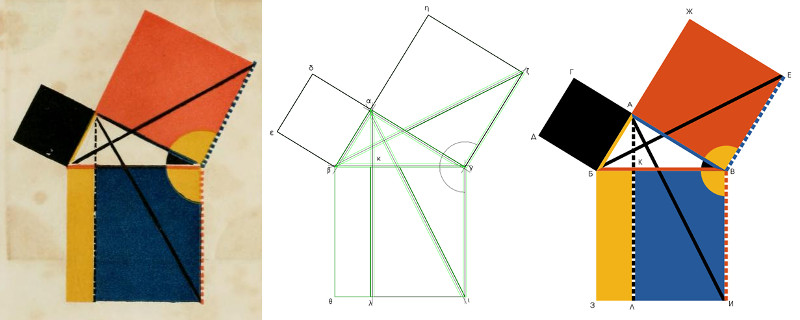In the previous articles we discussed PostgreSQL
indexing engine, the interface of access methods, and the following methods:
hash indexes,
B-trees,
GiST,
SP-GiST,
GIN, and
RUM. The topic of this article is BRIN indexes.
BRIN
General concept
Unlike indexes with which we've already got acquainted, the idea of BRIN is to avoid looking through definitely unsuited rows rather than quickly find the matching ones. This is always an inaccurate index: it does not contain TIDs of table rows at all.
Simplistically, BRIN works fine for columns where values correlate with their physical location in the table. In other words, if a query without ORDER BY clause returns the column values virtually in the increasing or decreasing order (and there are no indexes on that column).
This access method was created in scope of
Axle, the European project for extremely large analytical databases, with an eye on tables that are several terabyte or dozens of terabytes large. An important feature of BRIN that enables us to create indexes on such tables is a small size and minimal overhead costs of maintenance.
This works as follows. The table is split into
ranges that are several pages large (or several blocks large, which is the same) — hence the name: Block Range Index, BRIN. The index stores
summary information on the data in each range. As a rule, this is the minimal and maximal values, but it happens to be different, as shown further. Assume that a query is performed that contains the condition for a column; if the sought values do not get into the interval, the whole range can be skipped; but if they do get, all rows in all blocks will have to be looked through to choose the matching ones among them.
It will not be a mistake to treat BRIN not as an index, but as an accelerator of sequential scan. We can regard BRIN as an alternative to partitioning if we consider each range as a «virtual» partition.
Now let's discuss the structure of the index in more detail.
